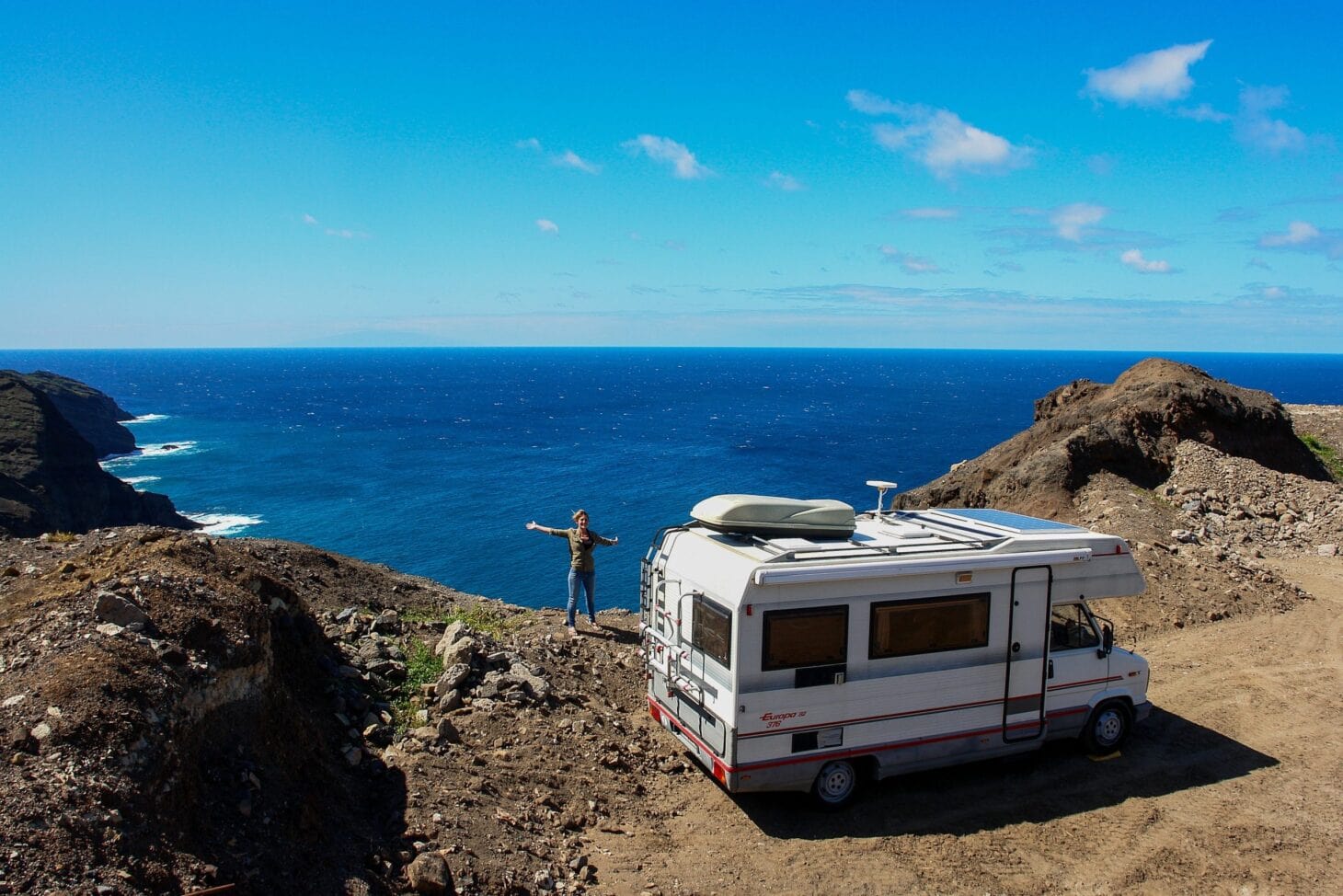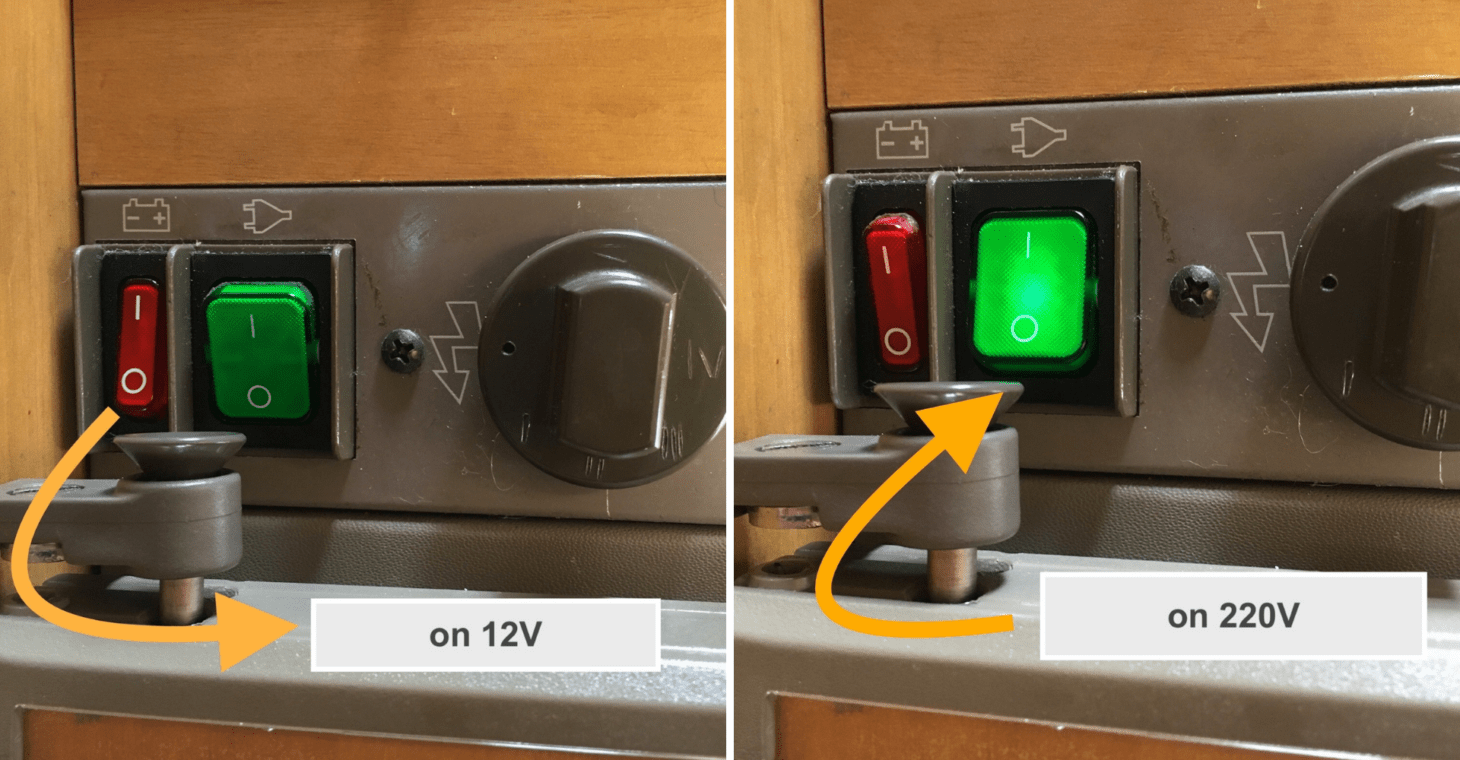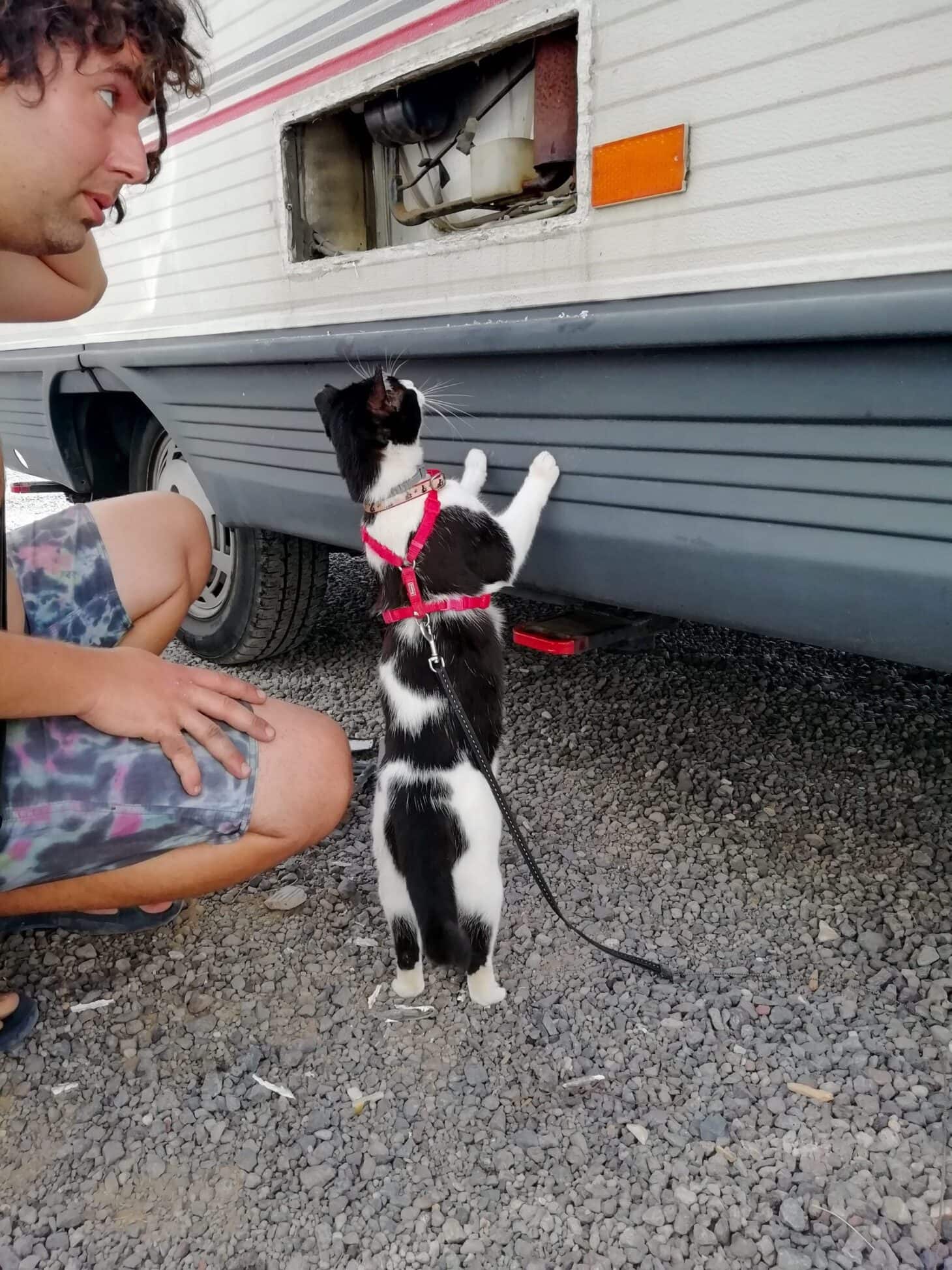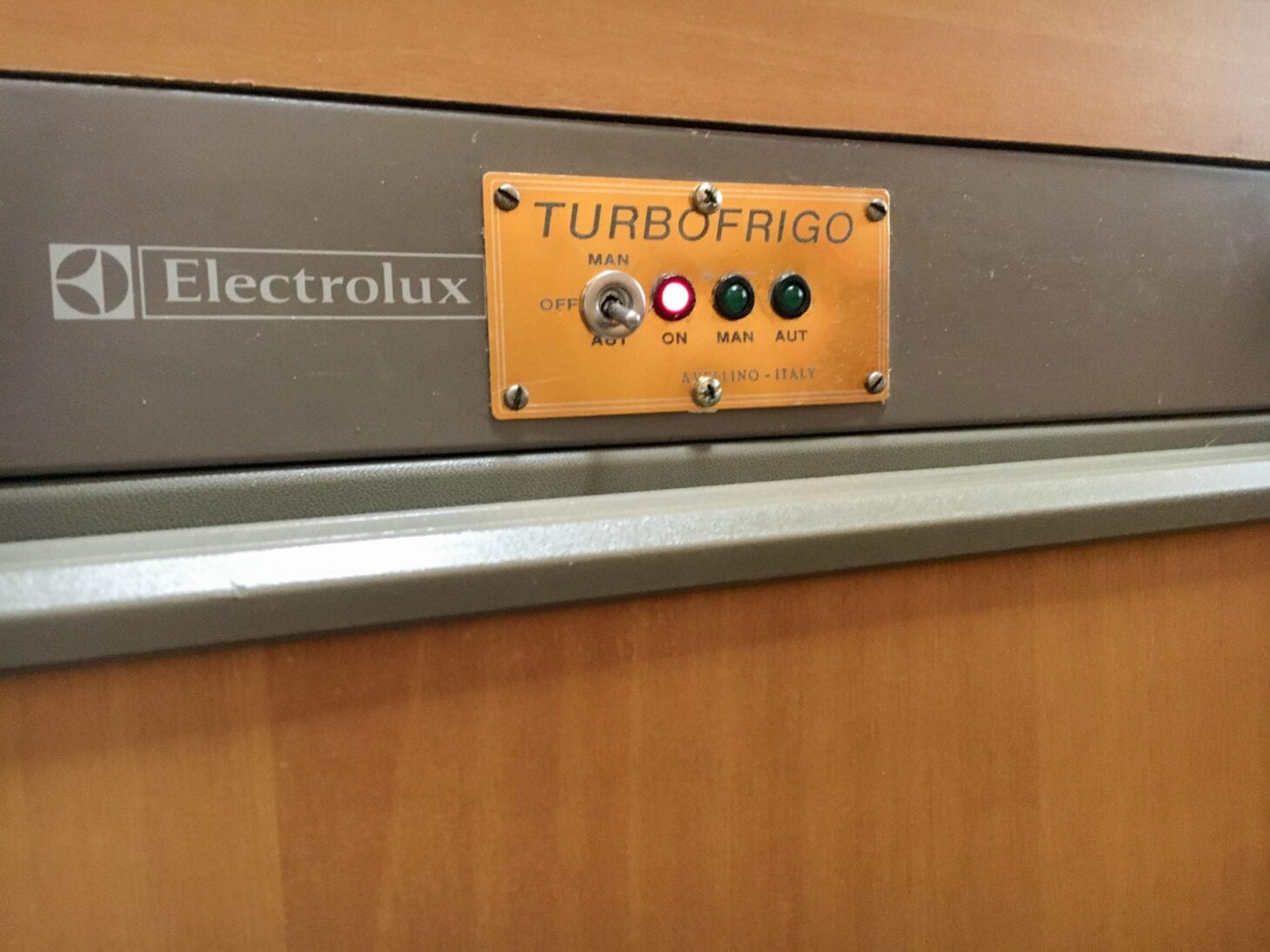It was the summer of 2018, and my partner and I had just bought a 1990s camper in Italy before embarking on an adventure traveling through France to Spain. The goal was to spend the summer roadtripping along the coast, free camping as much as possible.
We spent the week prior to our departure checking that everything was in perfect order. A mechanic inspected the engine and gave us the thumbs up, and we had solar panels installed. A technician reviewed the electricity and water system, as well as the three-way fridge and hot water boiler. We were good to go.
We hit the road full of excitement, feeling like we made the best choice ever in buying the camper. Once in Spain, we spent a few days visiting Barcelona and then found a free camping location overlooking the Mediterranean Sea.
We parked, set up our RV, and walked to a nearby grocery store. With an impending heat wave in the forecast, I wanted to stock our fridge with cooler foods like ice cream and gazpacho.

What Went Wrong
When preparing breakfast the next day, I noticed the fridge wasn’t as cool as normal. It was running on gas, so I set the thermostat to the coldest setting and turned the knob to the highest number. We left for the beach, and when we came back for lunch the fridge was even warmer.
We switched the fridge to 220-volt power (or 110-volt or alternating current power for U.S. fridges), connecting it to the inverter and hoping we didn’t have to throw everything away. I researched online why a three-way fridge wouldn’t be cooling on gas, and the first suggestion was to check the flame. I removed the outside vent and we verified that the flame was blue, steady, and the proper size—so the flame wasn’t the problem. We had also just had the appliance inspected by a qualified person who cleaned the gas burner and re-adjusted the igniter, so we were confident that it wasn’t the cause.

By this point, we had attracted the attention of our neighbors who approached us asking if we needed help. We explained the problem and they assured us it was normal for a three-way fridge to struggle in humid weather and hot temperatures.
They also noted that our camper wasn’t properly level and that the sun was directly hitting the fridge’s exterior vent. While the campsite was scenic, it was impacting the ability to use our appliances.

Lessons Learned
With a few simple adjustments, the fridge slowly recovered, and now we always do the following:
- Level the camper. It’s extremely important for a three-way fridge to be level to operate correctly. This ensures that the refrigerant fluid correctly moves through the pipes in the back of the appliance, working to extract the heat from the absorption fridge.
- Keep the three-way fridge’s exterior vent in the shade. When we park the camper, we try to have the fridge’s vent face north to prevent the sun hitting the vent as much as possible. We’ve since installed an awning, to keep us (and the vent) in the shade.
This experience made us aware of the importance of the correct use of a three-way fridge. As RV newbies we treated the absorption fridge like the one we had at home, as many beginners do.
In that spirit, here are some other beginner tips for properly using a three-way fridge:
- Turn the fridge on before your departure. We do this at least 24 hours beforehand when it’s empty to allow the fridge to cool before stocking it up.
- Open and shut the door quickly to avoid the cool air escaping.
- Make sure the door shuts tightly. If it doesn’t shut tightly, the gasket might need to be cleaned or replaced. The same tip applies to the freezer door.
- Install thermostat controlled fans in the back of your three-way fridge. They prevent heat build-up and help cooler air travel through the condenser fins by extracting hot air. Some RVers install internal fans inside the fridge as well.
- Don’t overfill the fridge or use shelf liners. If your three-way fridge isn’t cooling, it could be because the air isn’t circulating properly because there are too many items inside. Proper airflow is important.
- Don’t put hot food or beverages in the fridge, as it requires the appliance to overwork to extract the heat and will struggle to keep the set temperature.
- Use a refrigerator-freezer thermometer so you can keep tabs on the internal temperature of your fridge and know when you need to discard spoiled items.

Another mistake I made was leaving the freezer door open (it was empty), thinking that it would help the fridge cool more efficiently. But only when the freezer compartment reaches its set temperature does the fridge work to cool the rest. By keeping the freezer door open, I was preventing the freezer from reaching its set temperature, overworking the appliance instead of helping it. Instead, put a frozen bottle of water or a bag of ice inside the fridge to help it cool.
Looking back on this adventure, I remember my desperation while inspecting the fridge, thinking we were going to have to replace it. Luckily we had caring neighbors, and as we continue our full-time RV journey we realize how awesome the RVing community is. Every time we need help or advice, other RVers are willing to give us their time and experience with a smile on their face and a travel story of their own to follow.
This article has links to products that were carefully selected by our editors. We may earn commission on your purchases from these links. Visit this page for the full details of our affiliate marketing policy.
